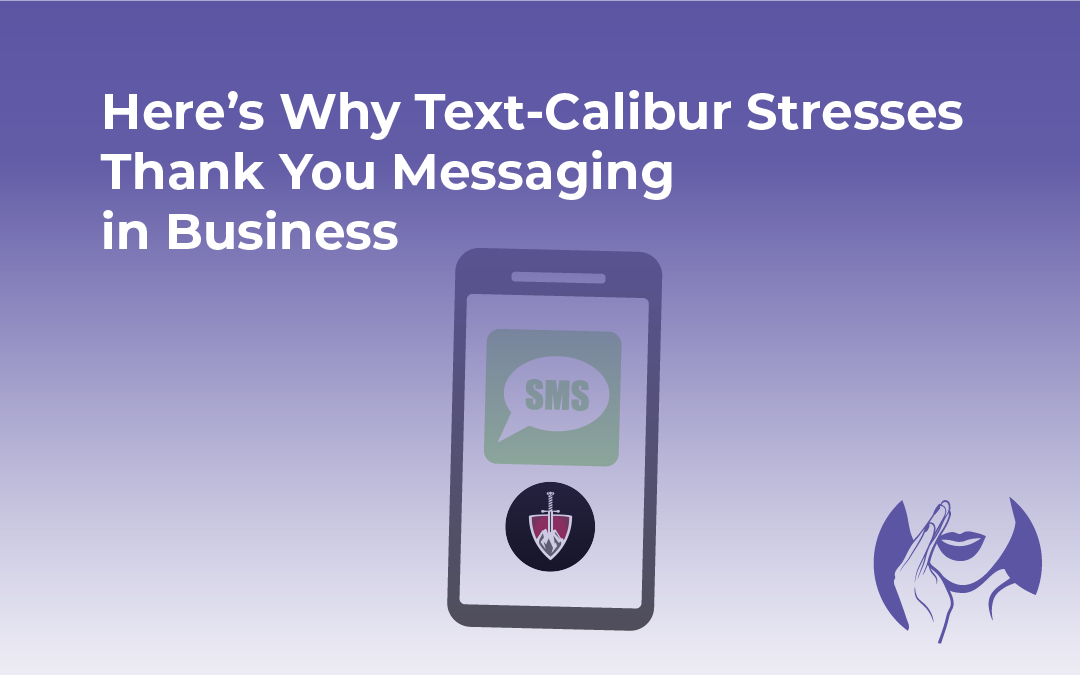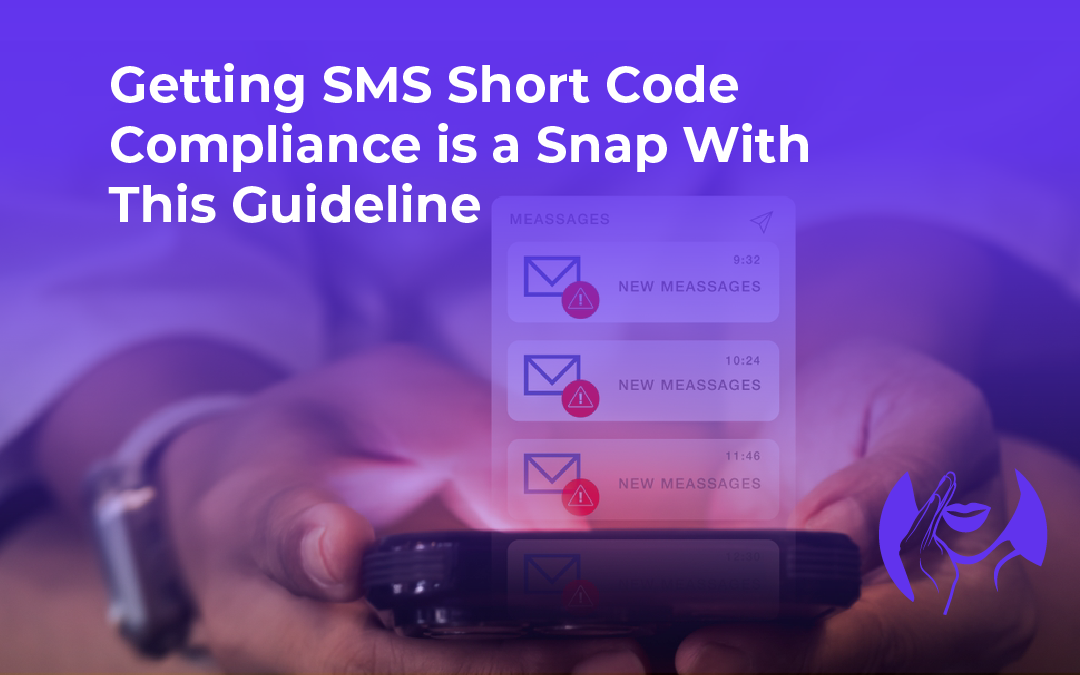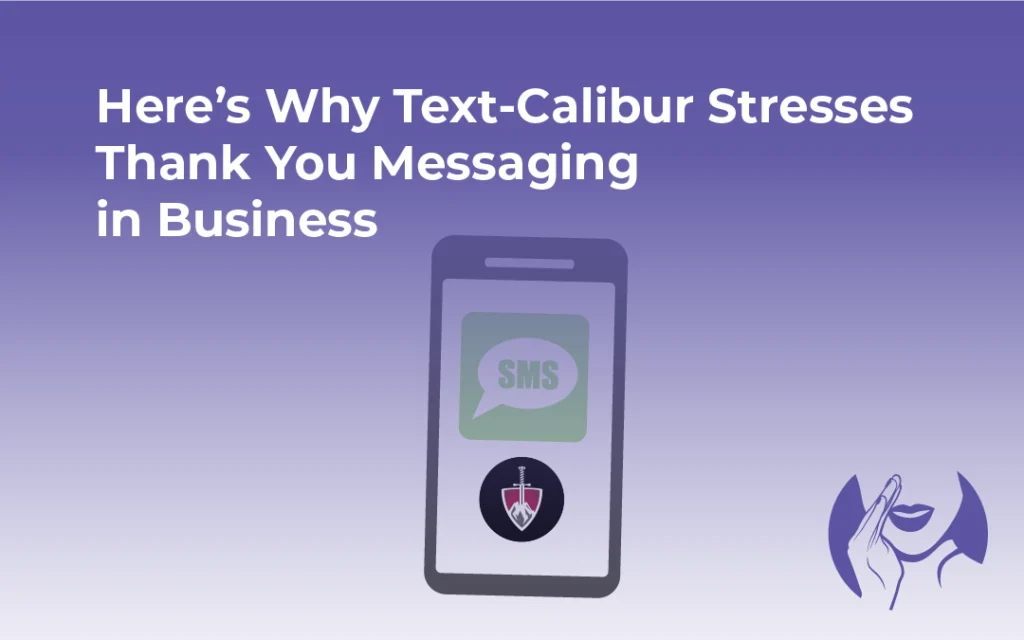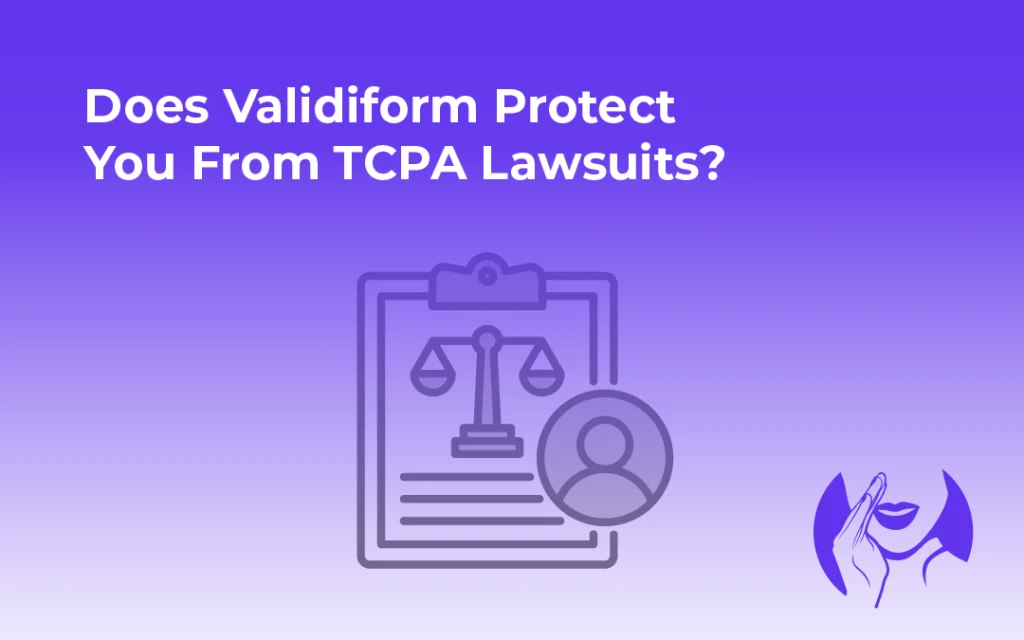Are you ready to unleash the power of SMS short code marketing for your business? Connecting with your customers effectively? Personalization: it works wonders. But, before you start sending those texts, make sure you’re compliant with the rules. The big question: why? Because non-compliance can lead to some serious financial consequences.
SMS short codes are really important for marketing
Businesses are using short code marketing to make a big impact. Things are shifting. Big time. Reach out to your customers with personalized messages—it boosts engagement and sales! Think of it this way: sending texts is the tool, but building relationships and trust is the real goal. Without that, your texts are just noise.

Take Hatchitt.com, for example. Short code text messages helped them get amazing results in sales and leads. Customers felt a stronger connection because of the company’s clever use of the short code 71988. This simple marketing strategy proved very effective.
Short code marketing via SMS is a big success story for many industries; retail, finance, and healthcare are prime examples. It’s no wonder, given the average open rate for SMS is a staggering 98%!
The Rules of the Game: CTIA and TCPA Compliance
So, what’s the catch? To ensure that SMS short code marketing is used responsibly, there are two critical sets of rules to follow: CTIA Short Code Compliance and TCPA Short Code Compliance.
CTIA Short Code Compliance
The CTIA (Cellular Telecommunications Industry Association) is a nonprofit trade association that represents the wireless carriers in the United States. Their job is threefold: developing, upholding, and enforcing top-notch short code texting standards. They actively audit SMS short code programs to ensure companies are following the rules and protecting consumers.
The CTIA focuses on:
- Opt-in: Making sure people have explicitly consented to receive texts from your business.
- Compliance verbiage: Ensuring that your SMS marketing programs disclose the correct compliance language.
- Content guidelines: Verifying that your short code is sending content that’s not in violation of their guidelines.
TCPA Short Code Compliance
The TCPA (Telephone Consumer Protection Act) is a set of laws in the United States that restrict telephone solicitations, including voice calls and text messaging. In Canada, the CASL (Canada’s Anti-Spam Legislation) regulates the sending of commercial electronic messages (CEMs).
The main goal? Preventing those pesky spam texts and calls from reaching consumers. Pay attention to the rules; breaking them comes with a big price. Expect fines up to $1,500 per violation.
The Consequences of Non-Compliance
So, what happens if you don’t comply with CTIA and TCPA regulations? You could face:
- Financial penalties: Fines for each violation, which can add up quickly.
- Damage to your reputation: Consumers may view your business as spammy or irresponsible.
- Loss of customer trust: Non-compliance can erode the trust you’ve built with your audience.
Getting Compliance Right
Don’t let the fear of non-compliance hold you back from leveraging the power of SMS short code marketing. Protect your customers and stay compliant; just follow the steps above.
Following the rules isn’t a one-and-done deal; it’s a continuous process needing constant checks and adjustments.

Conclusion
Short code marketing can be really effective for businesses, however responsible use is essential. Customer protection and legal compliance go hand-in-hand. Learn the CTIA and TCPA regulations to ensure both.
Time to get moving; what are you waiting around for? Get started with SMS short code marketing today, and reap the rewards of increased engagement, conversion rates, and customer loyalty.
Final Tip
Before launching your SMS short code marketing campaign, take the time to review the CTIA and TCPA guidelines. Better safe than sorry; your customers will appreciate it.














